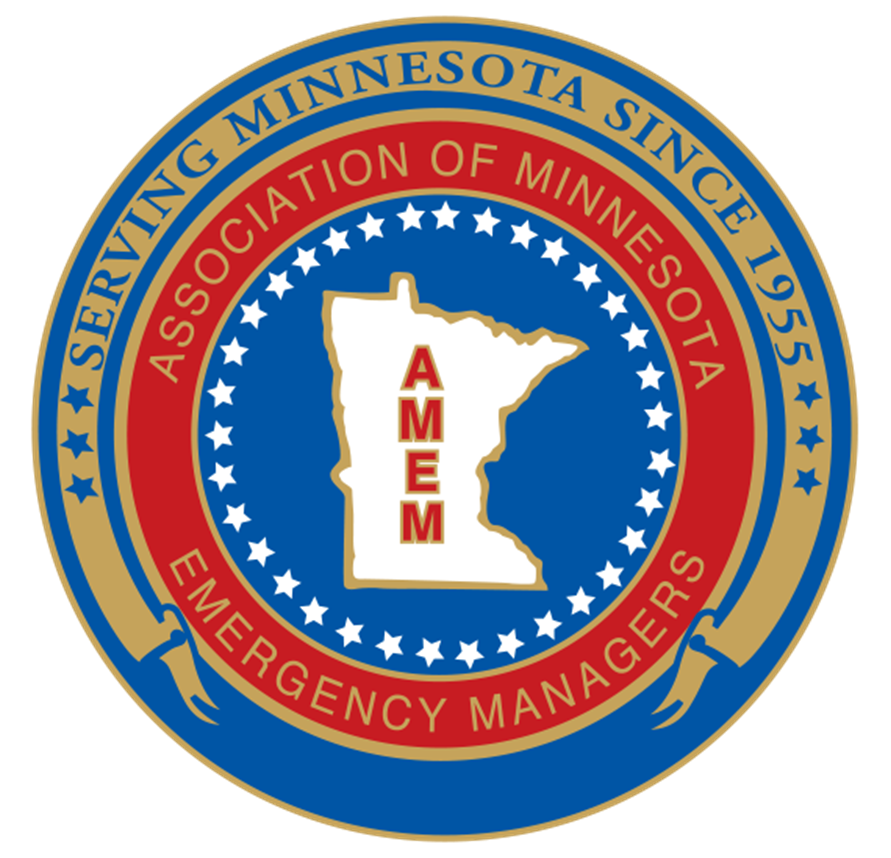You’re sitting alone in a bright auditorium, the newest member of a club you never wanted to join: you’ve just survived a mass shooting in America. You’re sure your family is worried about you, but you lost your phone in the chaos and haven’t been able to contact them. You’re hungry, but there’s no food and anyway, you don’t have your blood sugar medication with you. You’re feeling increasingly alone and anxious, but the few police officers on scene are busy with the dozens of other people who also need help or to be interviewed.
Between January 1 and October 17, 2022 there were 147 shootings in the United States in which more than 5 people were injured and 16 in which more than 5 people died. In the initial aftermath of these events, there is no evidence of holistic and coordinated response systems to care for the mental, physical and basic needs of witnesses, who may be kept for lengthy periods to be interviewed or reunited with family.
The University of Minnesota Health Emergency Response Office, in partnership with campus public safety partners, has developed an innovative, interdisciplinary team to track, triage, and take care of witnesses following an active shooting or other mass casualty event on campus. This specialized Medical Reserve Corps strike team–the Witness Support Team– is made up of medical and mental health practitioners and general MRC members and serves 4 main functions.
First, all strike team members but especially the mental health specialists provide a calm, supportive presence to witnesses and assess their psychological needs. Second, medical specialists on the team can provide non-emergency medical care including assessments, first aid, and access to basic prescription medications that witnesses may need during their lengthy holding period. Third, the team manages logistics to provide for basic needs such as food, water, communications with family, personal hygiene supplies, and more. Lastly, the team supports the overall processing of witnesses by law enforcement by gathering and triaging basic information about their experience. In this way, the team can help ensure as smooth and efficient a process as possible for individuals who have undergone such a significant trauma.
In this session, participants will learn the general structure and function of the MRC Witness Support Team, explore the tools the team uses and hear lessons learned from a full scale active shooter drill where the team was deployed on campus.
Learning
Objectives: At the conclusion of this
session, participants will be able to:
·
Describe the importance of inter-professional collaboration in public
health + healthcare + emergency management in all phases of the disaster cycle
·
Identify at least 3 resources that reinforce roles in planning;
responding; and recovering from public health emergencies.
·
Identify at least 2 areas in which to improve response capacity in your
organization.
